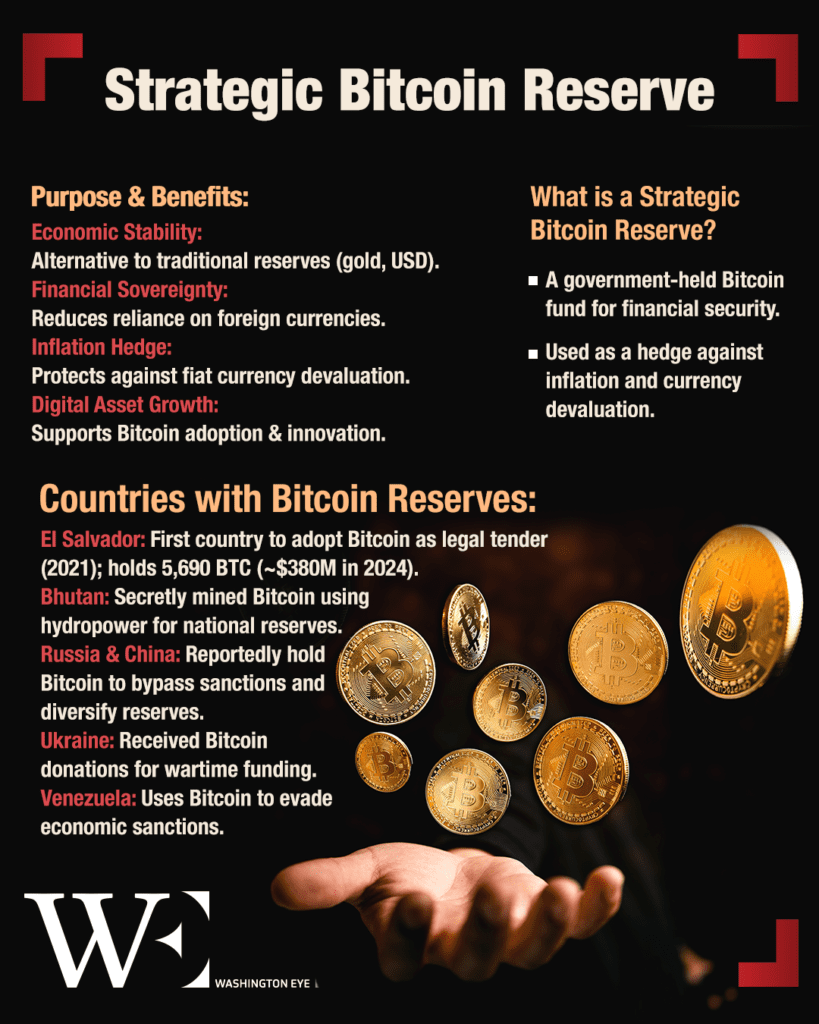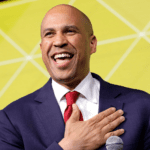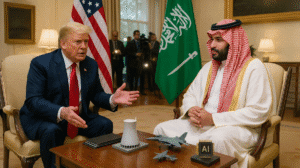President Donald Trump’s recent executive order to establish a Strategic Bitcoin Reserve has sparked debate among cryptocurrency experts and financial analysts. The initiative aims to create a government-held stockpile of Bitcoin and other digital assets, primarily sourced from cryptocurrencies forfeited in criminal or civil proceedings.
Formation of the Strategic Bitcoin Reserve
President Donald Trump’s executive order on March 6, 2025, established the Strategic Bitcoin Reserve (SBR) to position the United States as a leader in digital asset strategy. The SBR is capitalized with Bitcoin seized by federal agencies through criminal or civil asset forfeiture proceedings. This initiative aims to treat Bitcoin as a reserve asset, maintaining it as a store of value without selling the deposited assets.
In addition to the SBR, the executive order mandates the creation of the U.S. Digital Asset Stockpile, which includes digital assets other than Bitcoin obtained through similar forfeiture processes. The Secretary of the Treasury is tasked with determining strategies for the responsible stewardship of these assets.
To ensure comprehensive oversight, the executive order requires all federal agencies to provide a full accounting of their digital asset holdings. This measure seeks to centralize ownership, control, and management of these assets within the federal government.
Diverse Reactions from the Crypto Community
The announcement has elicited mixed reactions within the cryptocurrency sector. Charles Edwards of the Capriole Fund referred to the initiative as “a pig in lipstick,” highlighting that without active purchasing, the reserve merely formalizes existing government-held Bitcoin. He emphasized, “No active buying means this is just a fancy title for Bitcoin holdings that already existed with the government”.
Jason Yanowitz, co-founder of Blockworks, expressed concerns about the lack of a clear framework, suggesting that arbitrary asset selection could distort markets and erode public trust. He stated, “Without a clear framework, we risk arbitrary asset selections, which would distort the markets and drive a loss of public trust”.
Government’s Stance and Future Plans
The executive order mandates that the Treasury and Commerce secretaries develop strategies to acquire additional Bitcoin for the reserve, ensuring these methods are budget-neutral and impose no additional costs on taxpayers. Sacks assured that the reserve’s establishment “will not cost taxpayers a dime,” clarifying that the government does not intend to sell any Bitcoin deposited in the reserve but will retain it as an asset.
Market Implications and Legal Considerations
Following the announcement, Bitcoin’s price experienced a decline of over 5%, influenced by the perception that the U.S. government would not actively purchase Bitcoin. The legal framework surrounding the reserve remains uncertain, with questions about potential legislative requirements or possible legal challenges. Further details are anticipated during the upcoming crypto summit at the White House.
A Final Note
The Strategic Bitcoin Reserve is facing sharp criticism for lacking substance. Being dismissed as “a pig in lipstick”, it’s argued that without active buying, it’s merely a rebranding of Bitcoin the government already holds.
The 5% drop in Bitcoin’s price post-announcement suggests investors see little impact from the move. Without a clear acquisition strategy, the reserve risks being more of a political statement than a meaningful financial policy.
















